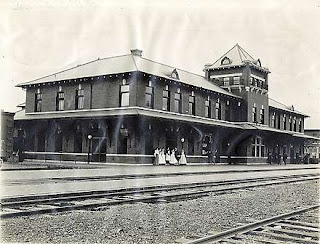But then I came to the US and was thrown in front of a class of 14-year-olds who quickly informed me that Sulphur was spelled Sulfur, oestrogen began with an “e” and neighbour didn’t have a “u” in it. And I defensively said, “I speak the Queen’s English”, to which a student responded, “Which queen?”
Yeah. Which queen? Queen Elizabeth the second? Queen Victoria? Queen Anne? They did speak differently from each other. After all, language is not static. Language is dynamic.
I got the inspiration for this post from a few of my Facebook friends who keep lamenting about journalists massacring the English language. At first I tended to agree with them. I even had some pet peeves of my own. Sometime ago some great orator took the poetic license and replaced “people” with “persons”. Now it’s so widespread the word people seem to be non-existent in the Caribbean. I simply hate to hear “persons”. And I despise the term “conversating” when people mean “conversing” (it just sounds illiterate).
However recently I’ve been disagreeing with these Facebook friends. You see, if a great orator, or the most celebrated English literary writer of today were to submit a manuscript in the 17th century using our modern language, it would be discarded as trash because it was not written in the “King/Queen’s English.” Think about it, who today says, “Thou art what thou thinkest! Thy work is but dung.”
Language is dynamic. It changes constantly. It changes even faster when social media provides a communication outlet for every Tom, Dick and Harry. Fifty years ago, the term oxymoron didn’t exist. Now it’s part of the Webster’s dictionary. A century ago there was no such thing as google until 9-year-old mathematician coined the term “googol” as a number with 100 zeros in 1920. Based on that the search Engine Google chose its name. Now we use it as a verb. How do I know that? I googled it!
When we were younger we had a whole different vernacular from the previous generation. When we said something was bad, it meant it was good. When we said it was the bomb, it was out of this world in greatness. Some of our slangs and sayings stuck, some of it drifted by the wayside. Now my children have a different vernacular. A kid in my college class did well, I wrote “excellent” on his paper, he gave me a tight smile. An undergraduate TA wrote “LIT” on his paper, he beamed. My daughter uses “woke” to mean socially aware or enlightened. Some of the terms, the sentence structure, the alternate meanings (not alternate facts ) will eventually become legit in the English language. That’s because language is dynamic and we should embrace it.
So now that you’re “woke” is this post Lit? (Am I using these correctly? I’ll have to ask a teenager.)






















